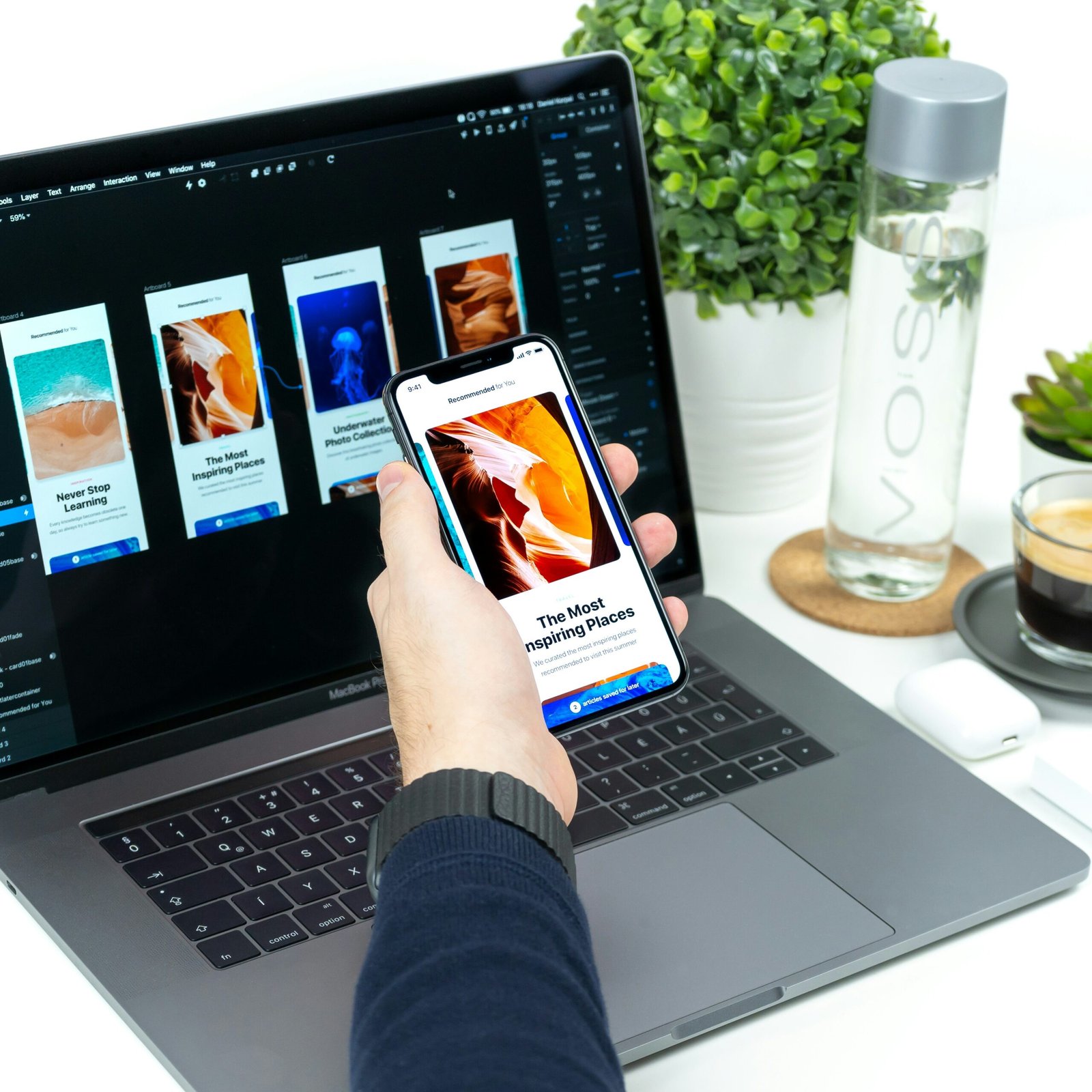When it comes to designing user experiences (UX), usability is often the first thing that comes to mind. While usability is indeed an important aspect of UX, there is much more to creating a successful and engaging user experience. In this article, we will delve into the realm of intelligent UX principles that go beyond mere usability.
Understanding Intelligent UX
Intelligent UX is about creating experiences that not only meet the functional needs of users but also anticipate their needs and provide personalized solutions. It involves leveraging technologies such as artificial intelligence (AI), machine learning, and data analytics to create intuitive and adaptive user interfaces.
Intelligent UX aims to create experiences that are proactive, context-aware, and responsive. It goes beyond traditional usability principles to deliver experiences that are truly user-centric and tailored to individual users.
The Role of Personalization
Personalization is a key aspect of intelligent UX. By understanding user preferences, behaviors, and patterns, designers can create personalized experiences that cater to the unique needs of each individual user.
Personalization can be achieved through various means, such as adaptive content, dynamic interfaces, and personalized recommendations. By tailoring the experience to the user’s specific context, personalization enhances engagement and satisfaction.
Anticipating User Needs
Intelligent UX goes beyond reactive design by anticipating user needs. By leveraging AI and machine learning algorithms, designers can analyze user data and patterns to predict user behavior and provide proactive solutions.
For example, a smart home automation system can learn the user’s routines and preferences to automate tasks and provide a seamless experience. By anticipating the user’s needs, the system can adjust the lighting, temperature, and other settings without the user having to explicitly request it.
Context-Aware Experiences
Intelligent UX is all about context. By understanding the user’s environment and situation, designers can create experiences that adapt to different contexts and provide relevant information and functionalities.
For instance, a navigation app can use location data, traffic information, and user preferences to provide real-time directions and suggest nearby points of interest. By considering the user’s context, the app can deliver a more personalized and useful experience.
Embracing Data-Driven Design
Data is at the core of intelligent UX. By collecting and analyzing user data, designers can gain valuable insights into user behaviors, preferences, and pain points. These insights can then be used to inform design decisions and create more effective and user-centric experiences.
Data-driven design involves conducting user research, analyzing user feedback, and continuously iterating on the design based on data insights. By embracing data-driven design, designers can create experiences that are not only visually appealing but also highly functional and intuitive.
The Future of Intelligent UX
As technology continues to advance, intelligent UX is poised to play an even greater role in shaping user experiences. Emerging technologies such as voice assistants, chatbots, and augmented reality are opening up new possibilities for intelligent and immersive experiences.
Designers need to stay abreast of these developments and embrace new technologies to create experiences that are truly intelligent and innovative. By combining human-centered design principles with intelligent technologies, designers can create experiences that delight and empower users.
Conclusion
While usability is an important aspect of UX, it is essential to go beyond basic usability principles to create intelligent and engaging experiences. By embracing intelligent UX principles such as personalization, anticipation of user needs, context-awareness, and data-driven design, designers can create experiences that are truly user-centric and innovative. As technology continues to evolve, the future of UX lies in creating experiences that are not only usable but also intelligent and intuitive.






Leave a Reply